
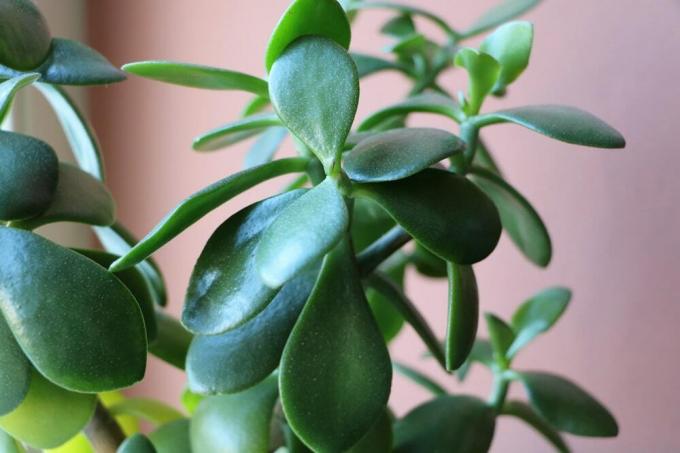
Table of contents
- Characteristics
- location, light
- Care of the money tree
- flower induction
- Cut
- species and varieties
- propagation
- Conclusion
We know the pleasantly easy-care money tree well, so well that it is popularly known by a variety of names such as penny tree, thick leaf, bacon oak, jade bush, elephant tree, Judas tree or German oak becomes. It is less well known that with the right stimulation to induce flowering, it can become an attractive flowering plant. In addition to the instructions for care including flower induction, you will get to know interesting relatives of the most well-known Crassula species, which are also cultivated as ornamental plants.
Characteristics
- The money tree belongs to the category "cacti & succulents"
- In terms of ornamental value, it is usually traded as a decorative foliage plant
- Adult money trees can bloom beautifully and profusely
- Which they rarely do here due to a lack of correct flower induction
- Only with a cool, dry hibernation does it flower for us
- Otherwise, caring for the money tree is a breeze
- Location: As sunny as possible, otherwise the "leaf decoration" is limited to "green in green"
- Watering: as carefully as possible (waterlogging!) and almost not at all in winter
- Plants: In loose (cactus) soil, fertilize with green plant or cactus fertilizer
- Apart from Crassula ovata, some members of the genus are cultivated as ornamental plants
location, light
The succulent foliage plant reaches a height of between 50 cm and 1.30 m. The Pfennigbaum grows quite normally as a shrub, but with its fleshy, oval-rounded leaves it looks much more massive than non-succulent indoor plants. Crassula ovata branches profusely and creatively in all directions - with its glossy, reddish-edged Foliage on many shoots, which appear to be somewhat "uncoordinated" in height, it can definitely resemble a coral resemble The 1.30 m should indicate the maximum growth height that can be expected from us.
You probably won't grow such a monster penny tree, but the image of the giant is very useful look at the growth of a money tree: the trend is clearly expanding, at least to the same extent as in the Height. So even for one of the more compact growing varieties that don't get taller than around 50 cm, you need a fairly spacious pitch in the long run.
However, it will still be a few years before the newly acquired young plant or the cutting that has come into the house as a gift (money trees are supposed to make their owners rich) are ready. The young plant finds space everywhere, which is why you should give it one of the brightest locations that your living space has to offer. The reason: Crassula ovata belongs to the floral kingdom of the Cape flora, and this South African capensis (the smallest of the six continental Florenreich) is "a little closer to the equator" than Germany, so the Pfennigbaum also gets "a little more light" in its homeland than with us.
This applies to spring, autumn and the location during the winter (more on this below). The plants in the "brightest locations" get their light here through the window glass, and as a result, even more bit less light intensity, actually that's more dark than light for a South African plant. A sunny, warm location on the south window is therefore quite appropriate.
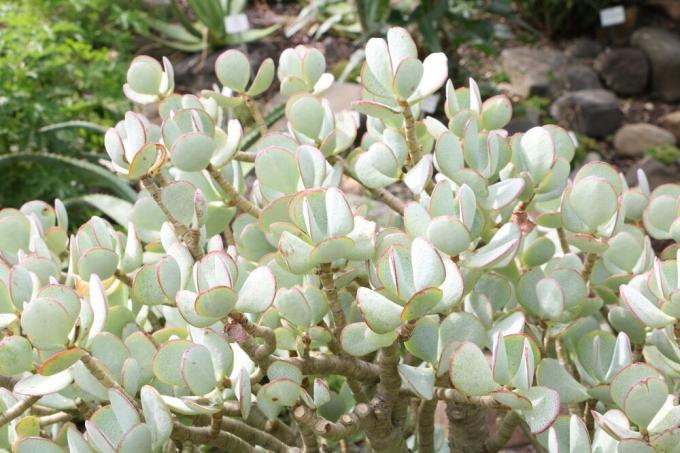
When you read (as is often the case) that a penny tree can get by with a few hours of morning or evening sun, that may be true in terms of "pure survival." However, such information could also be the reason why the majority of German money trees do not make it from the "uniform green" to the "colorful leaf ornamental plant" stage. There is even one source that gives the money tree a minimum illuminance of 1800 lux – bright room lighting averages around 500 lux, bright office lighting around 600.
A good compensation for low-light indoor culture is a summer location in the garden or on the balcony. But please, with careful acclimatization to the direct sun (plants also get sunburned) and protected from constant rain.
In terms of humidity, unlike many other tropical plants, money trees do not cause any problems, succulents Plants can tolerate any degree of dryness in the air (if they have received enough water from below to fill their reservoirs).
In terms of temperatures, the money tree tolerates everything that can happen on the edge of a South African Karoo or Namib desert with sometimes very hot days and quite cold nights; you will never exhaust this bandwidth in the German home.
Care of the money tree
The care of the money tree in our latitudes is not particularly complicated, especially the high temperature and drought tolerance fit well with our culture. Also, "Crassula ovata brand" succulents (you will see a few more ornamental plants from the Get to know the genus) robust contemporaries who also make one or the other (minor) care mistake pardon. Of course, they thrive better without care mistakes, e.g. B. when cared for according to the following instructions:
- Plant in prepared cactus soil or 50% potting soil + 25% sand + 25% clay granules
- Water well in summer until water runs into the saucer
- Remove this water after a few minutes
- Only water again when the substrate has almost dried out
- Water only moderately during the dormant period from October to February
- With just enough water so that the soil does not dry out completely and the bulbs do not dry out
- As always: Avoid waterlogging, succulents are particularly prone to root rot
- Rainwater is pleasant, but tap water that is not too hard is also suitable
Tip:
After purchase, make sure that the succulent is "stocked up". If the plant is limp and the leaves appear/are thin and soft, you should water a little more at first. Only until each leaf is full and shiny, no water should ever remain in the drain tank even during this "memory filling cure".
- Don't fertilize at all in the first year if you potted in commercially available (pre-fertilized) potting soil
- Otherwise in the growth phase from April to September
- Amount depends on the nutrient content of the mixture used
- Overall, fertilize rather cautiously, in case of doubt, Crassula ovata does better with too few than too many nutrients
- Suitable is z. B. Liquid fertilizer for green plants and/or cacti
- For rather humus-rich soil with many organic components in half the recommended concentration
- Cactus soil or a loose mixture with a lot of sand/mineral components tolerate a little more fertilizer
- Repot when the roots are "scratching the wall of the pot" or looking under the drain hole
- In the first season after repotting in fresh potting soil from the trade, the money tree does not need any fertilizer either
Tip:
If above "water well until water runs into the saucer" was mentioned, this assumes that the plant is in a for plant growth suitable substrate grows: loose, i.e. permeable to water, but composed in a kind of composite that water can be stored can. Unfortunately, there are still too many commercially available potting soil products that quickly turn into a substrate that is unsuitable for plant growth and that is neither loose nor storable. If you pour in the top, water will run out of the bottom pretty quickly ("water always finds its way," as the old roofer used to preach), that's just unfortunately just passed through without going through the roots... longer immersion helps in such cases in the short term, repotting in fresh soil is better in the long term Idea.
flower induction

The money trees can flower, very pretty in fact, with small white to white-pink star flowers growing in the Inside are adorned with small corollas and very lively thanks to the fine, long stamens works. Only the older specimens develop these flowers, but then one of the decorative inflorescences next to the other – provided you overwinter the penny tree in a manner that will induce flowering stimulates.
Overwintering stimulates the money tree to flower induction. When done under similar conditions as overwintering in the home of the money tree. The money tree flowers in South Africa in winter, from June to August. With approximately the same temperatures as in our summer, in this direction there is nothing to prevent the money tree from blossoming.
The flower induction of the money tree takes place in the South African autumn/beginning of winter, i.e. in our spring. At temperatures that roughly correspond to our living room temperatures during the day and tend to go from almost 15 °C towards 10 °C at night. If the money tree is to flower, it would have to be cold-blooded for a while. However, since you certainly do not want to move the money tree every day, the best way to give it the necessary coolness is to overwinter it in a cool and light place. For example, together with other exotic species in the cold house, at temperatures between 7 and 14 °C, or in a suitable adjoining room.
Blossom induction also requires a slightly drier attitude than during flowering, so water it Geldbaum therefore very moderately (in small sips) and always only when the potting soil is dry to the depths feels.
If the money tree has spent the summer in the garden (on the balcony), you can simply leave it there (and gradually water less) until the nighttime temperatures settle around 7°C. When there is frost, it is moved to winter quarters, this treatment is usually sufficient to induce flowering, in the variant in the garden, the money tree is in accordance with the regulations, cold-blooded temperatures exposed.
If you have to overwinter the money tree at living room temperatures due to a lack of cool space, it should also be kept as good as dry during this time so that it slows down its growth. If you do not put the money tree into dormancy during the winter in such conditions by watering sparingly force, it will try to grow in the warm, but nothing but long, pale, thin horny shoots in the gloomy winter light bring forth.
Cut
You can prune a money tree whenever and however you want, it actually sprout from every healthy part of the plant.
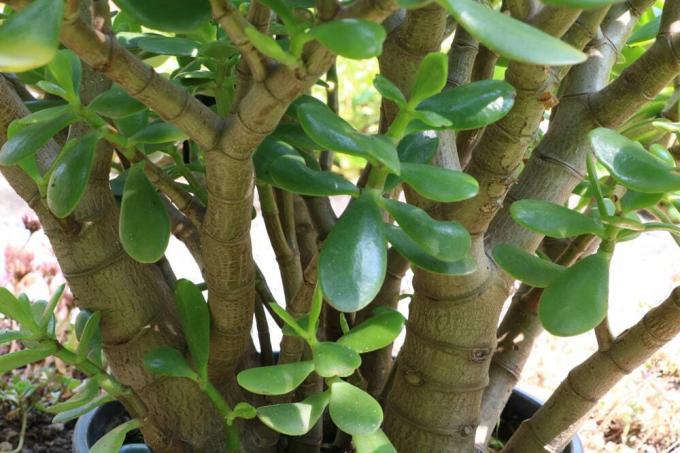
A cut is due, e.g. B. to remove the long thin shoots just described at the beginning of the growth phase or to remove damaged / soft / rotting plant parts.
But you can also shorten shoots that are only visually disturbing, a penny tree that has grown too tall (according to two or three decades) at chest height or cut the money tree with a radical shape as a bonsai pull.
species and varieties
Crassula ovata, the best-known money tree, is called (also under the synonyms C. argentea, C. obliqua, C. portulacea) are offered in different varieties, which differ in leaf shape and color:
- C ovata 'Gollum' develops sausage fingers like the namesake
- C ovata 'Hobbit', also tubular leaves + compact growth, hardly distinguishable from 'Gollum'
- C ovata 'Hummel's Sunset', lots of red in the leaves, abundant flowering
- C ovata 'Tricolor', foliage in yellow, green and pink-red
- C ovata 'undulata' really makes quite a ripple
- C ovata 'variegata', yellow-striped leaves on a grey-green background

The Crassula are a species-rich plant genus of the Crassulaceae family, currently almost 300 species are recognized. Some of these are cultivated as indoor plants, in a wide variety of shapes and sizes, are available from us without any problems, apart from Crassula ovata:
- Crassula arborescens: Another excursion into literature, this time into the Discworld
- Crassula falcata, 'Disc Leaves' amongst exciting red blooms
- Crassula muscosa, a multi-petalled "green cone" on the other
- Crassula pellucida, triangular leaves in green, white, pink
- Crassula perforata grows in neat, geometric, red-edged squares
- Crassula rupestris, perforata in small
Since the Crassulae happily develop variants when breeding, there are often other money trees in various forms, C. arborescens as wavy 'undulata', C. muscosa as variegated 'variegata' etc.
propagation
Propagation is very easy with cuttings: cut the shoot, let it dry and plant in cactus soil.
Leaf cuttings can also be planted, but often take weeks to months to root.
The following typical maintenance errors cause problems:
- Location that is too dark: sparse growth, long thin shoots, loss of color, in extreme cases leaf shedding
- "Watering too well", waterlogging: the most common cause of leaf shedding and "mushy shoots"
- Too much water during hibernation at indoor temperatures: Horny shoots, root rot
- Pest infestation is rare, mealybugs and co. can also be showered off the smooth leaves when in doubt
Conclusion
If you've overprotectively watered a money tree, repotting plus removing soft shoots and rotting roots may save it. However, if all parts of the plant feel soft, it is better to take cuttings from the healthy shoots cut (and keep those in hydroponics at half water level, over watering is here excluded).
 garden editorial
garden editorial I write about everything that interests me in my garden.
Learn more about houseplants
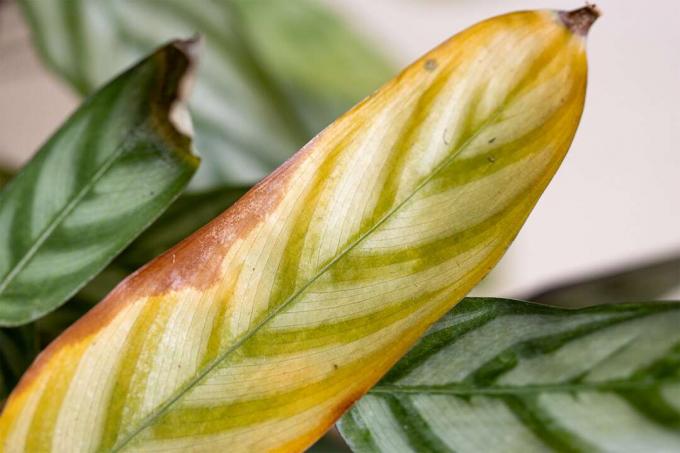
Calathea has yellow leaves: how to save?
When a Coriander (Calathea) gets yellow leaves, the cause is usually a lack of care. In order to save them from dying, a number of countermeasures must be taken, which are described in detail here.

Room bamboo: 13 tips for care
The room bamboo impresses with its compact growth habit and is a densely grown houseplant. The ten most important tips for caring for the sweet grass are compiled for you here.
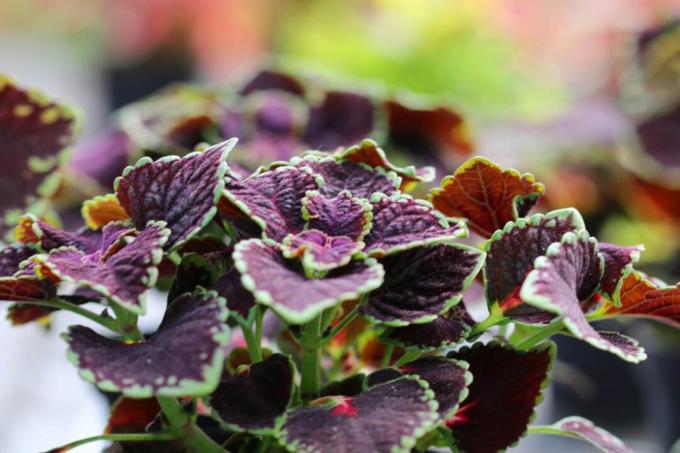
Coleus blumei: 21 tips for the red nettle
The colored nettle is a warmth-loving and easy-care foliage plant. The coloring of the leaves varies from monochromatic to variegated with a wide variety of drawings. Spectacular splashes of color can be set in beds, balcony boxes and tubs or as a houseplant.
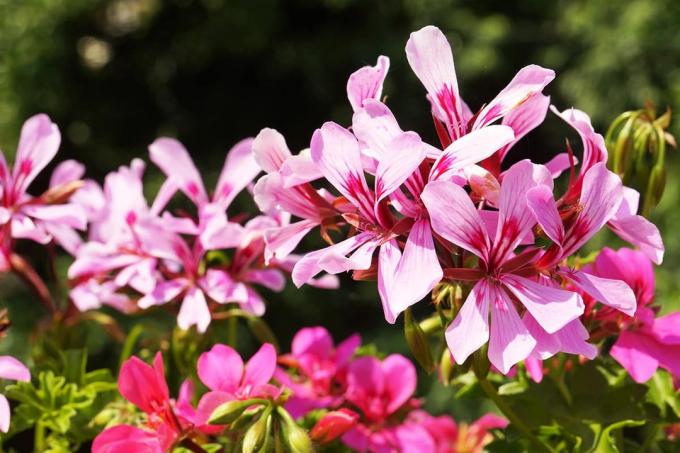
Scented houseplants: 25 scented plants for the home
An apartment without indoor plants is hardly conceivable. Scented plants in particular have a very special effect. Not only are they decorative, they can lighten the mood and rival any artificial home fragrance.

Lucky chestnut, Pachira aquatica: care from A to Z
The care of the lucky chestnut does not require any special expertise. However, if you know the way of life of this ornamental plant, you can better adapt site conditions and care measures to your needs. The plant can be easily propagated if a plant already exists.

Rubber tree: 13 care tips for Ficus elastica
The rubber tree is one of the most popular indoor plants. It is available in different varieties, easy to care for and stands out for its large leaves, which are colored in intense shades of green. Within a few years, it grows into a state small tree without much effort.


